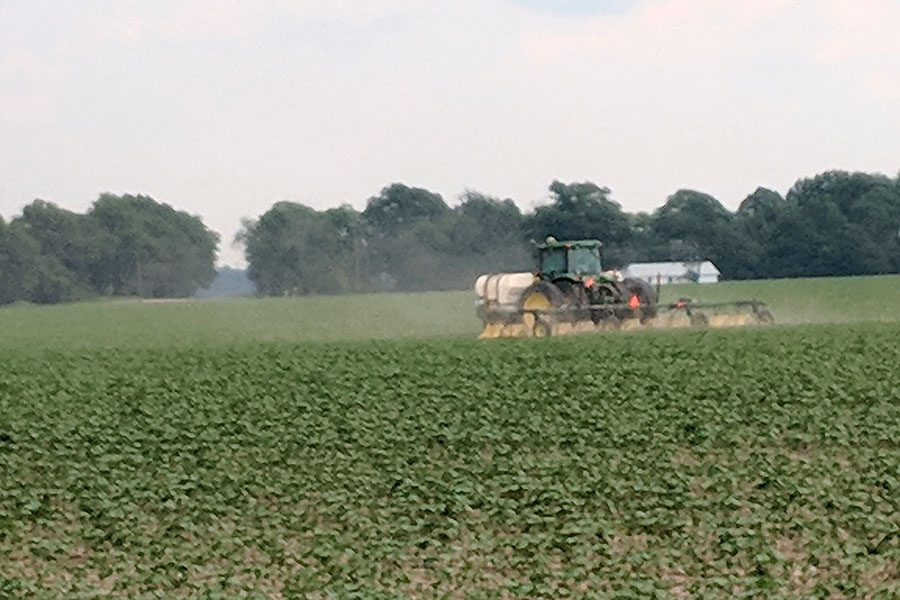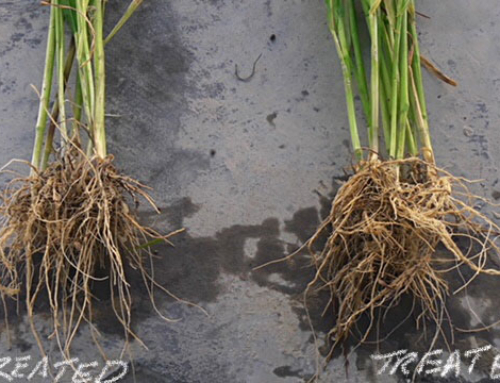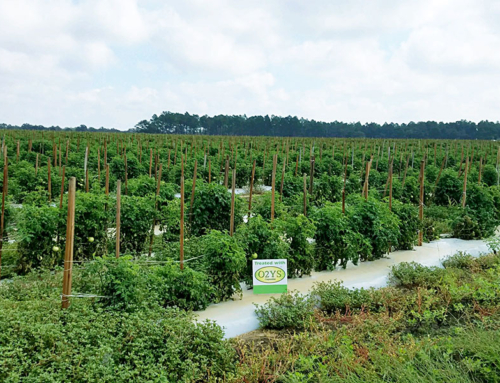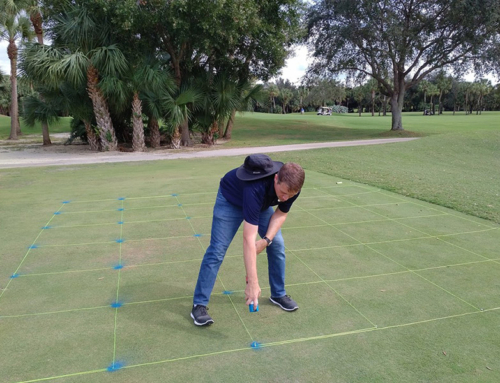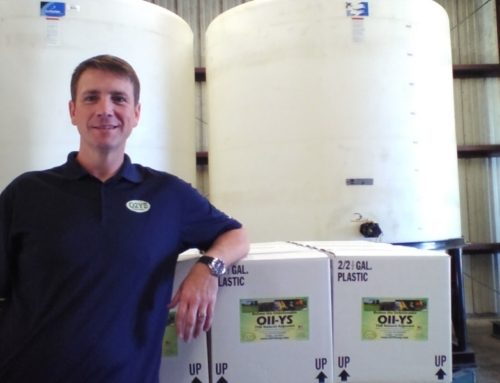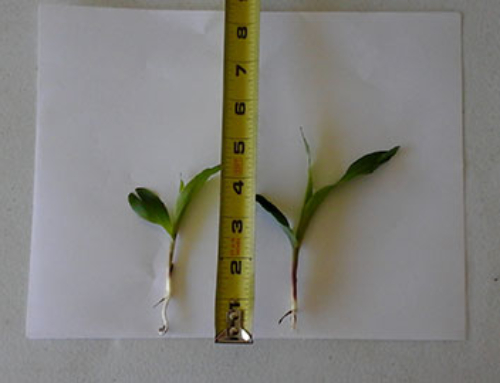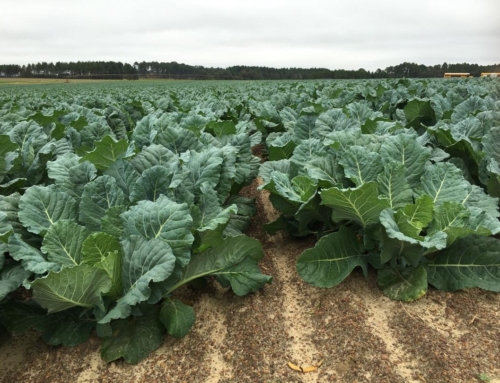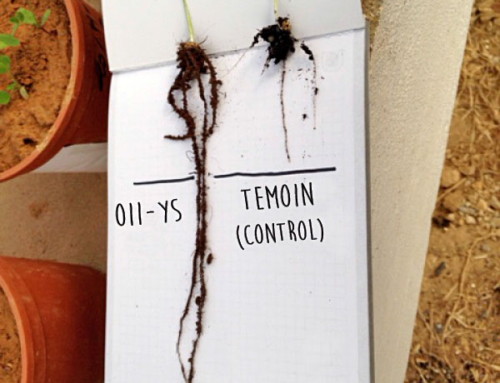John recently visited a cotton grower in Delta of Mississippi who used OII-YS as his adjuvant of choice this year. With a powerful one-two combination to support his arsenal of treatment, we are pleased to hear they are having excellent control after incorporating OII-YS into their protocols.
The most consistent insect related concern for cotton growers are thrips. Thrips are less than 2 millimeters long and vary in color from yellow to brown, gray or black. Adults have two pairs of narrow wings fringed with long hairs. They have rasping-sucking mouthparts, so they rasp the plant tissue and suck the liquids.
Scouting for thrips can be quite difficult. However, it is important to catch significant populations before economic damage occurs. Start looking for thrips ,as soon as, plants begin to emerge, especially in the newest growth. Work on hands and knees. Shake plants over a piece of white paper. If you see small, slender objects crawling, these are usually thrips. If there is residue of sand or soil on the plants, the thrips will be more difficult to see. Windy conditions require pulling some plants, placing them in a plastic bag, taking them out of the wind and examining the plants for thrips in the terminals and on the underside of the first two leaves. Look for early signs of damage. Thrips feeding in the terminal tissue make new leaves appear ratty.
Populations above 1 thrips per true leaf up to the 6 leaf stage may justify treatment, depending on growing conditions. Control is rarely necessary later in the season.
Source: http://entomology.k-state.edu/extension/insect-information/crop-pests/cotton/thrips.html

